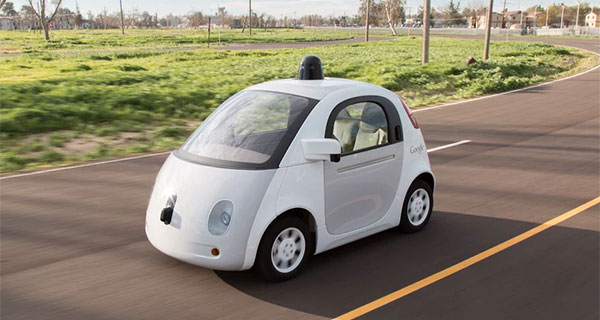TheCalifornia Department of Motor Vehicles on Thursday proposed rules for autonomous vehicles, and Google isn’t happy about one of the provisions.
The new rules for autonomous autos were presented for public commentary. The DMV has invited the public to weigh in on the proposal in two workshops, one in Sacramento and the other in Los Angeles, early next year.
The draft is the next step in allowing the public to operate driverless cars on California roadways, the DMV said.
Road Rules
The regulations call for manufacturers to meet safety and performance standards, along with requiring a third party to independently verify performance.
They also require a provisional development permit, which must be renewed every three years, along with a provision protecting the privacy of operators from the needless collection of user data.
The rules also call for a licensed human driver, capable of taking over the steering wheel and pedals in the event of an emergency. That could be a problem for Google, whose driverless cars don’t use pedals or steering wheels.
Google wants to transform transportation through its work to develop vehicles that can shuttle people from place to place with the push of a button and reduce most of the accidents caused by human error, the company said.
Safety is the top priority and motivator in Google’s work with driverless cars, and it’s disappointed that California legislators are limiting the potential of fully autonomous vehicles, the company said.
Fighting Over the Steering Wheel
While Google has let go of the wheel, adding it back, along with pedals, is a minor deal, according to Roger Entner, tech analyst for Recon Analytics.
“They’re only prototypes — in the next version, they’ll have steering wheels and pedals again to build in the additional redundancies,” he told TechNewsWorld. “That shouldn’t be a problem. There are not millions of them on the road.”
This isn’t the first time the California DMV has told Google to go put on some steering wheels and pedals. The DMV, at the behest of California legislators, last year finalized regulations for the testing of driverless cars, requiring that they contain wheels and people to steer them whenever they’re operated on public roads.
“They would have retired the cars anyway,” Entner said. “They try them, drive them, see what works, see what doesn’t work and then build the next one. And the next one will have a steering wheel and pedals.”
California is looking at the broader aspect of autonomous cars, beyond just Google, stated Kevin Krewell, principal analyst atTirias Research. There’s going to be a lot more experimentation with the size, form factor and capabilities of autonomous autos.
“So they have to take into consideration all the variations on autonomous vehicles in different situations on the road or in limited spaces such as research parks,” he told TechNewsWorld.
“That’s why I think the state of California has gone more conservative with requiring that an operator be able to take control of the car at any given time. And that’s to be expected,” Krewell added.
Still, he said, it’s a setback for Google.




















































